Cas cliniques

Dr Francis
BAILLY
Doctor of Dental Surgery, School of Medicine Lyon University

Mr. Alexandre
BIENFAIT
Bienfait dental lab
Advantages of the Axiom® Multi Level® solution
A 49-year-old patient presenting with high mobility and pain. The panoramic X-ray shows us a terminal stage of periodontal disease with tooth migration. Initially, only the upper maxilla will be treated opting for an all-on-4, which requires a single procedure only and will be performed in 5 months’ time.


Conclusion
For this type of indication, Axiom® Multi Level® has been particularly helpful:
• the inLink® connection with a fixation lock permits very important corrections of implant axes divergences and gives the option to angulate the screw channel up to 25° to choose the emergence of their access channels
• the 360° abutment rotation facilitates their placement during the surgical phase and the processing of the prosthetic part
• bridge handling is facilitated by the fixation locks integrated in the frame































